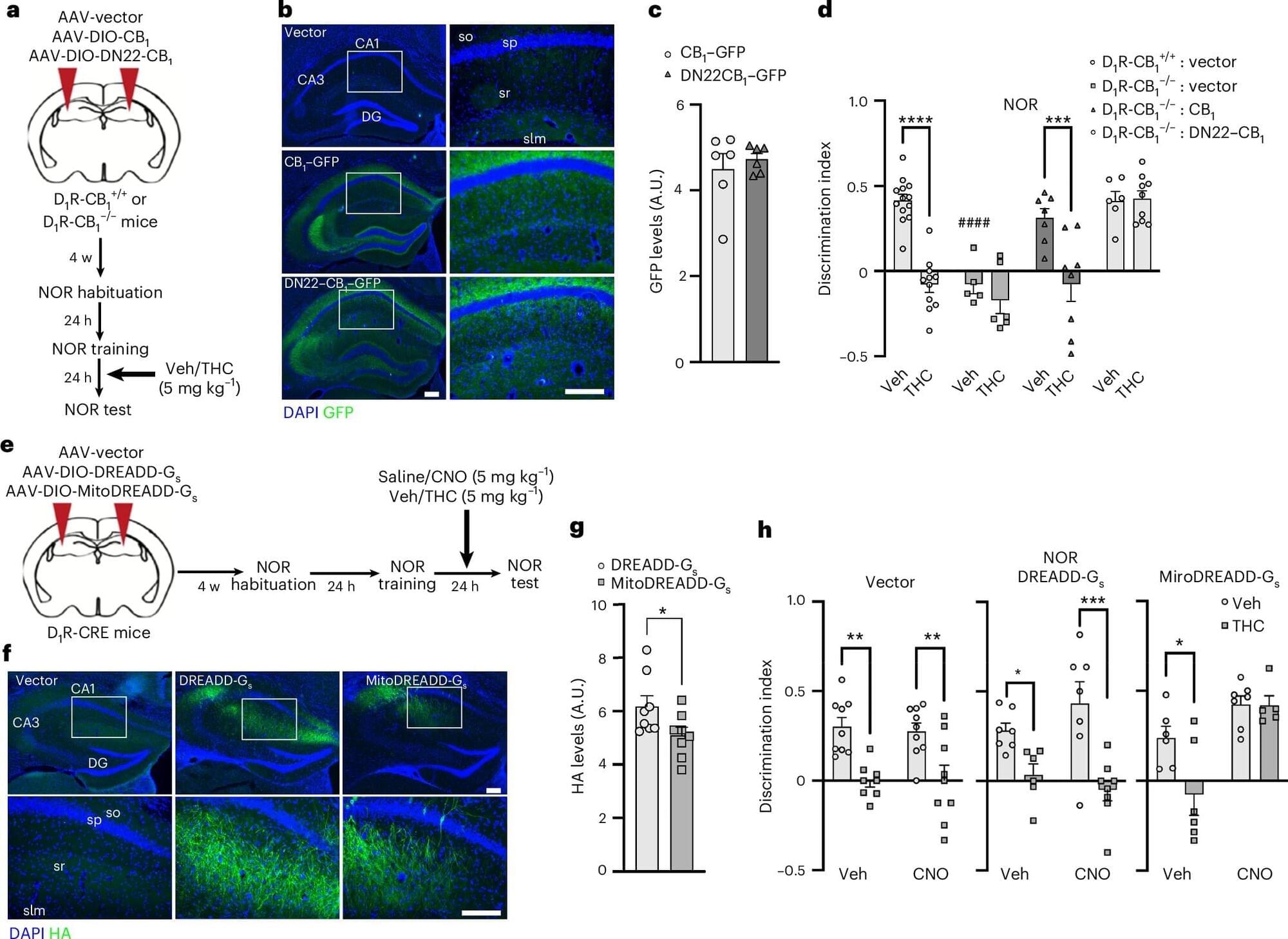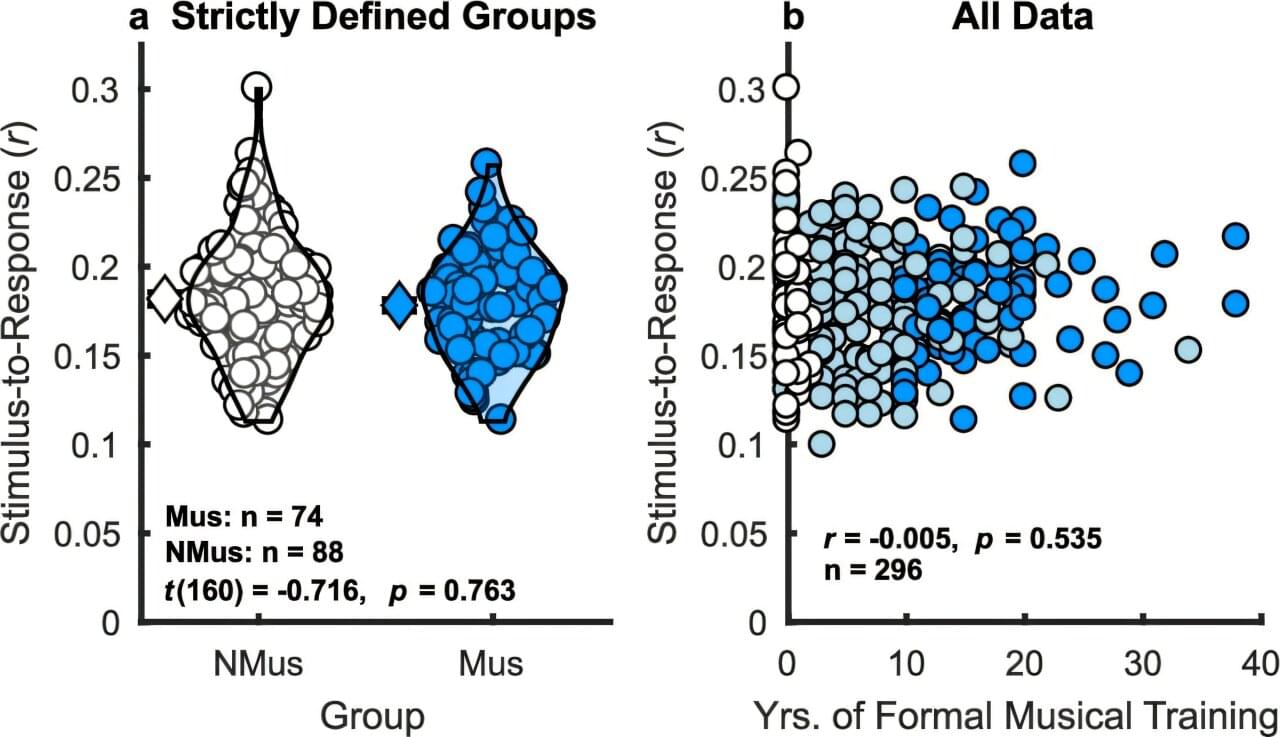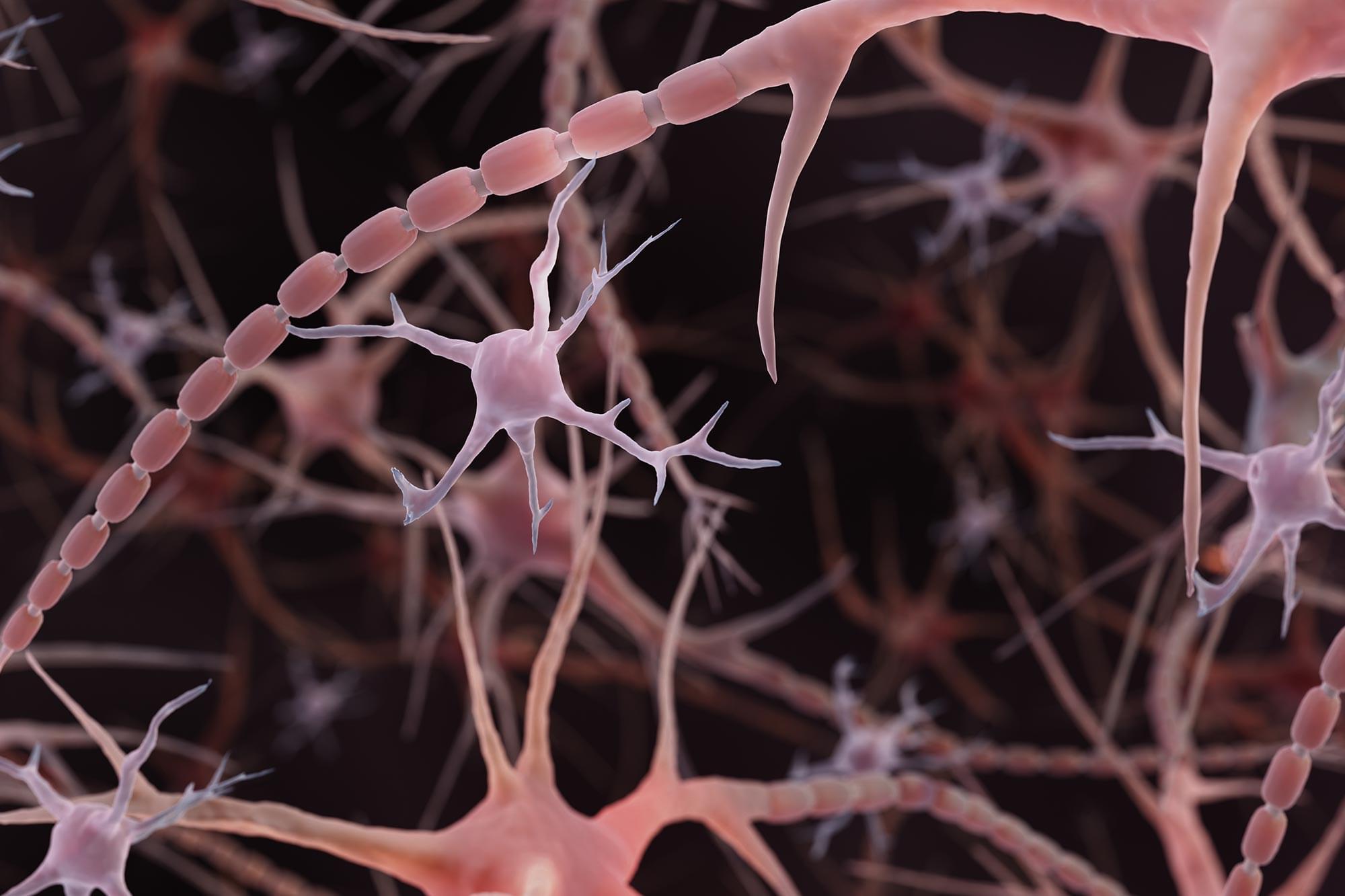To map the mammalian brain and its various functions with increasing precision, neuroscientists rely on high-resolution imaging techniques and other advanced experimental tools. These include high-density silicon probes, needle-like devices integrating several electrodes that can be inserted into brain tissue to pick up voltage changes associated with the firing of neurons.
These devices have so far mostly been used to monitor and study the activity of neurons in the rodent brain. However, they proved less effective when studying the brains of non-human primates (NHPs), such as macaques, which more closely resemble the human brain.
Researchers at Columbia University Medical Center and Columbia University recently demonstrated the potential of Neuropixels 1.0 NHP, a more scalable probe developed by IMEC, for collecting brain-wide and high-resolution neural recordings in macaques and other NHPs.








